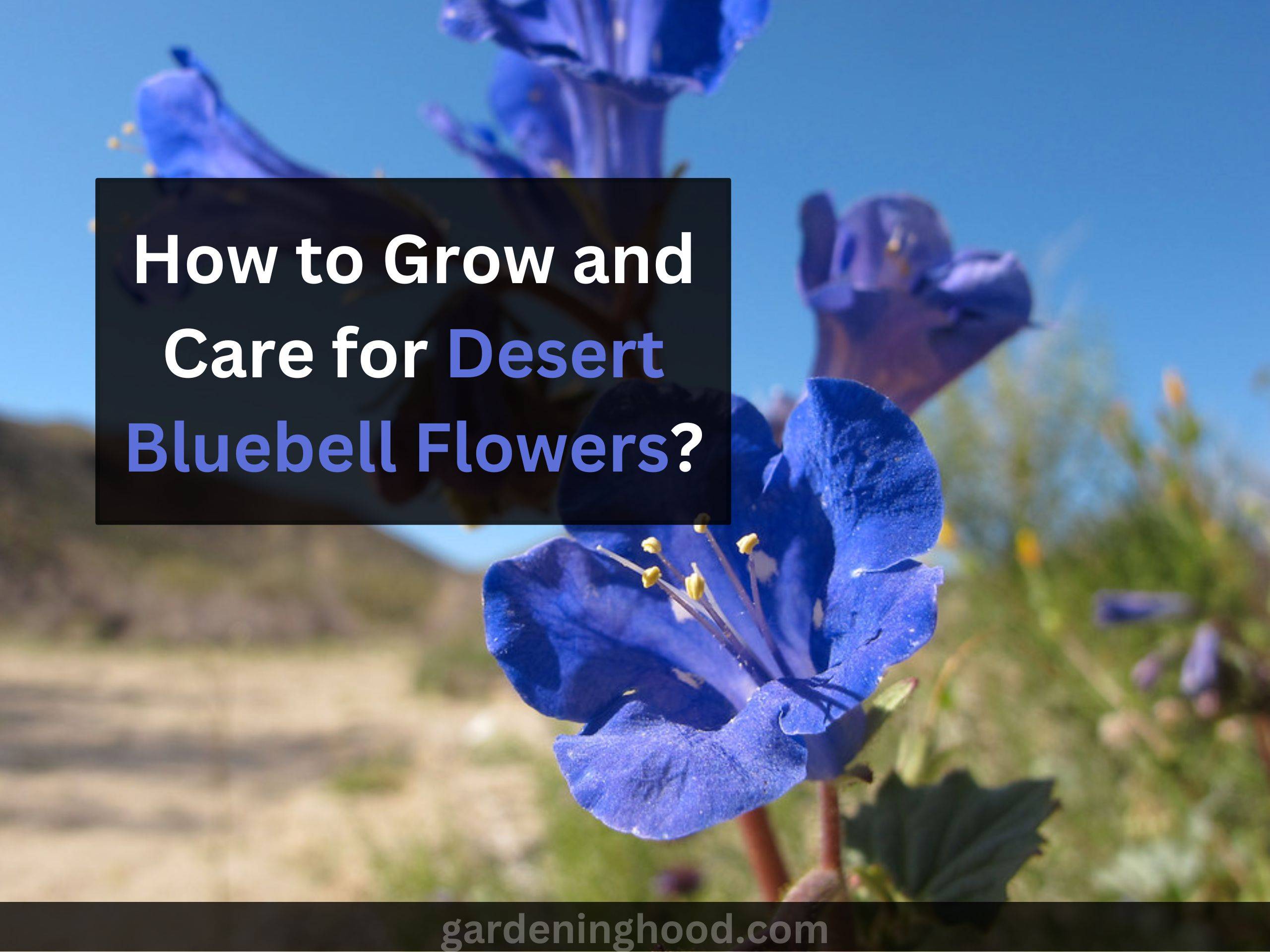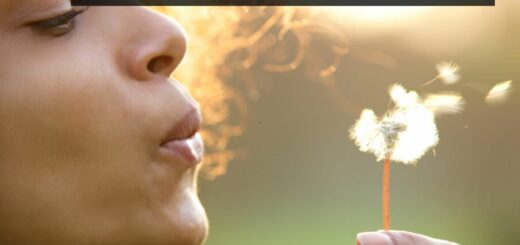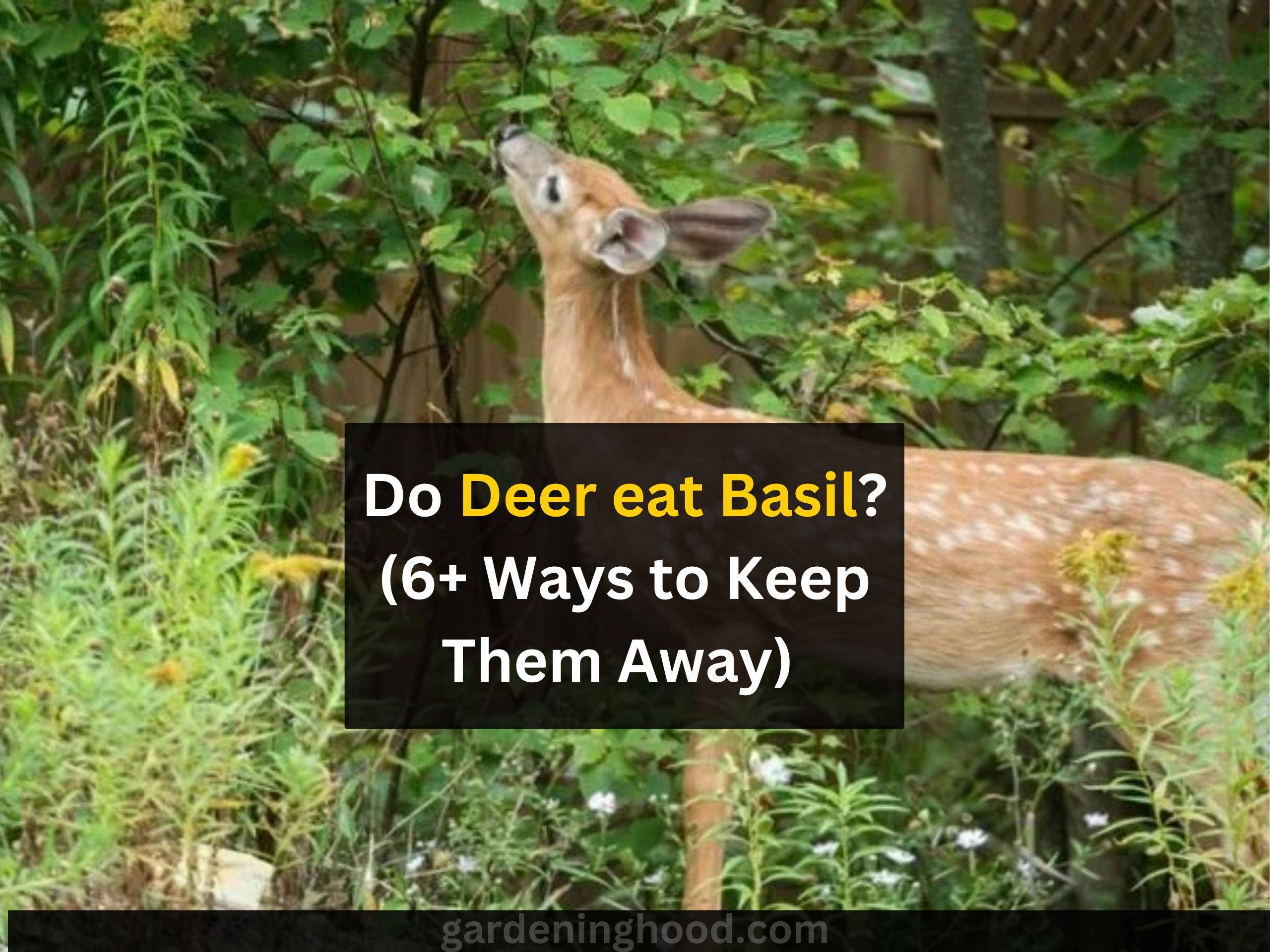Type of Deciduous Shrubs – Grow and Identify Deciduous Shrubs
When entering the plant kingdom or the flora world, it exists vast with innumerable diverse species, and forests are called natural habitats for all kinds of plants. Did you know there are varied species that exist in forests as compared to artificial habitats created by humans?
There is a saying that “human existence is impossible without plants”. I think if plants are so important, you should know more about them in detail. In this article, I will be throwing some light on one particular type which is shrubs. Plants are categorized because of their unique features, build, foliage, internal systems, outer structure, and accordance with the environment. In this vast and varied plant kingdom, let us learn how to identify, categorize, and know a shrub.
Key takeaways:
The following some types of decidous shrubs:
- Herbs
- Shrubs
- Trees
- Climbers
- Creepers
What is a shrub?
Plants can flourish anywhere with ample sunlight and water supply. Plants are an indigenous part of our ecosystem. Human existence is almost impossible without plants as they provide nourishment in the form of consumable food which is important for the survival of living kinds.

Shrubs are woody plants, with several stems, and are usually short with a maximum height of 3m (Around 10 feet). Shrubs have lesser-branched foliage and are less dense than bushes. There are also tree-like shrubs such as mimosa thorn tree wattle, which are somewhere between 3m to 6m in height.
What are some examples of shrubs?
A few common and known examples of Shrubs are rose, lemon, henna, marigold, Tulsi, Jasmine, Camellia, button bushes, honeysuckle, and many more.

What are the characteristics of Shrubs?
Major distinguishing characteristics of shrubs are as below, which can also be utilized to understand deciduous shrubs:
- Smaller in size – Shrubs typically grow in width than in height. The approximate height of a shrub is around 3m. There are some shrubs like lemon, which are structurally similar to trees but are lower in height. Shrubs are smaller than trees, lack the strength of a tree, and have several stems and trunks rather than one strong trunk.
- Lack of a trunk – Shrubs are smaller than trees, lack the strength of a tree, and have several stems and trunks rather than one strong trunk. They lack the strength to support plant growth after a certain height, thus their short height and smaller foliage than that of a tree. Thus shrubs have many stems and trunks that support the structure of the plant rather than a single main trunk.
- The shape of the leaves – Shrubs have broad leaves, round in shape or even sometimes pointed in shape.

What are some of the major typologies of Shrubs?
Deciduous Shrubs
Deciduous shrubs are the ones that lose their leaves in winter. Deciduous shrub variety varies from place to place. They can be in the form of a short tree or a small ground-covering shrub.
Evergreen Shrubs
Evergreen shrubs remain evergreen, as the name suggests throughout the year.
Now, let us further discuss in detail the Deciduous Shrubs.
How to Grow Deciduous Shrubs?
Growing shrubs can be an easy task, but maintaining them can be a little difficult. Nevertheless, shrubs are the most versatile plant type that can grow and fit into almost every type of garden. Deciduous shrubs are the ones that lose their leaves in winter. Deciduous shrub varieties vary from place to place. They can be in the form of a short tree or a small ground-covering shrub.
For growing deciduous an individual can choose a shrub type that is native to the place of their residence and also suitable to the soil type. It also depends upon the individual choices regarding the foliage, height, space, and colors of the shrubs. Growing shrubs can be pretty easy, once a person can decide on the ideal deciduous shrub according to choices.
For more such plant-related articles, you may also read, What is Persian Ivy?- How to Grow Persian Ivy in your Garden?
How do you identify Deciduous Shrubs?
Deciduous shrubs are the ones that lose their leaves in winter, so it is pretty easy to identify them in winter. But during other weather types, many deciduous shrubs bear flowers and fruits during summers, followed by orangish-reddish-brownish-varied colored leaves during autumn and visible branches during fall or winter.
What are the advantages of Deciduous Shrubs?
- Deciduous Shrubs can grow almost in any soil type, making them versatile to plant and maintain.
- Deciduous Shrubs can be utilized for creating privacy, such as screens or windbreaks.
- Deciduous shrubs are also used for aesthetic purposes in gardens and landscapes.
- Deciduous shrubs reflect interesting shades of colors during varied seasons making them so appealing to sit and enjoy the look.
- Shrubs are more appealing as an individual can enjoy their view at eye level.
- Many deciduous shrubs bear flowers and fruits during summers, followed by orangish-reddish-brownish-varied colored leaves during autumn and visible branches during fall or winter.
Stages of Growth for Deciduous Shrubs:
While growing deciduous shrubs in your garden you will notice they will take some time to establish but when they start to grow they do grow several feet tall and grow densely.
- In the first year of growing the plant, they are used to sleep and build the whole root system in the soil.
- In the second year, the shrubs start their new growth.
- After they enter the third year here the growth is typically abundant where they are fully established and do not need much care.
- The perfect time to add the shrubs to your garden is during the fall season as here they get time to get used to the environment when the hot and dry season comes.
Benefits of Planting Deciduous Shrubs:
The following are some benefits of planting Deciduous Shrubs in your garden:
- If properly taken care you can grow that deciduous shrubs for as long as 10 to 15 years due to this only many gardeners and business love to have these for shrubs on the property. deciduous shrubs are the plants for which you don’t have to care much.
- They do have an aesthetic value that comes out in every season for which you don’t have to put much effort and that helps in increasing the value of your garden.
- Growing these shrubs does have decorative benefits but there are other benefits also.
- The deciduous shrubs used to grow for about 6 feet told you too which provides shade to the home yard as the other heat-sensitive plants get the benefit of it.
- You can also plant these shrubs outside the door and window to block the amount of Sunlight.
- When you plant these shrubs in your garden it will create a wildlife area for other creatures such as birds will come to your garden in search of food and shelter and other pollinators will benefit from it.
- The deciduous shrubs Bloom with bright colors of the flowers and leave due to which the insects get highly attracted to them which helps in increasing the pollination process.
- During the winter season, it decreases the number of leaves due to which the pollination process is completed by wind.
- Growing the shrubs will help in improving the air quality as these plants help in filtering the pollutants and dust.
- They also help in reducing soil erosion and water to run off from the garden. Due to this the plant gets help to remain healthy and will conserve water.
List of some Deciduous Shrubs
Bluebeard “Longwood Blue”
| Common Name | Bluebeard “Longwood Blue” |
| Moisture/Water | Canare the ones that tolerate drought, less watering |
| Flowering/Nonflowering | Flowering |
| Flower color | violet color |
| Specialties | Fragrant, attracts birds, butterflies, and insects. Good for pollination. |
| Height | 24″ to 36″ at maturity |
| Sun | Full sun exposure |

Alder-leaved Serviceberry
| Common Name | Alder-leaved Serviceberry |
| Moisture/Water | Needs Moderate moisture |
| Flowering/Nonflowering | Flowering |
| Flower colour | White |
| Specialties | Easy to grow and maintain. Aesthetic-looking flowers. Eye appealing look. Fragrant, attracts birds, butterflies, and insects. Good for pollination. |
| Height | 48″ to 72″ at maturity |
| Sun | Full sun exposure, partial shade, partial sun |

Common Barberry
| Common Name | Common Barberry |
| Moisture/Water | Needs Moderate moisture |
| Flowering/Nonflowering | Flowering |
| Flower colour | Yellow |
| Specialties | It can be most commonly found in forests. It is poisonous and non-edible. |
| Height | 96″ to 120″ at maturity |
| Sun | Full sun exposure, partial shade |
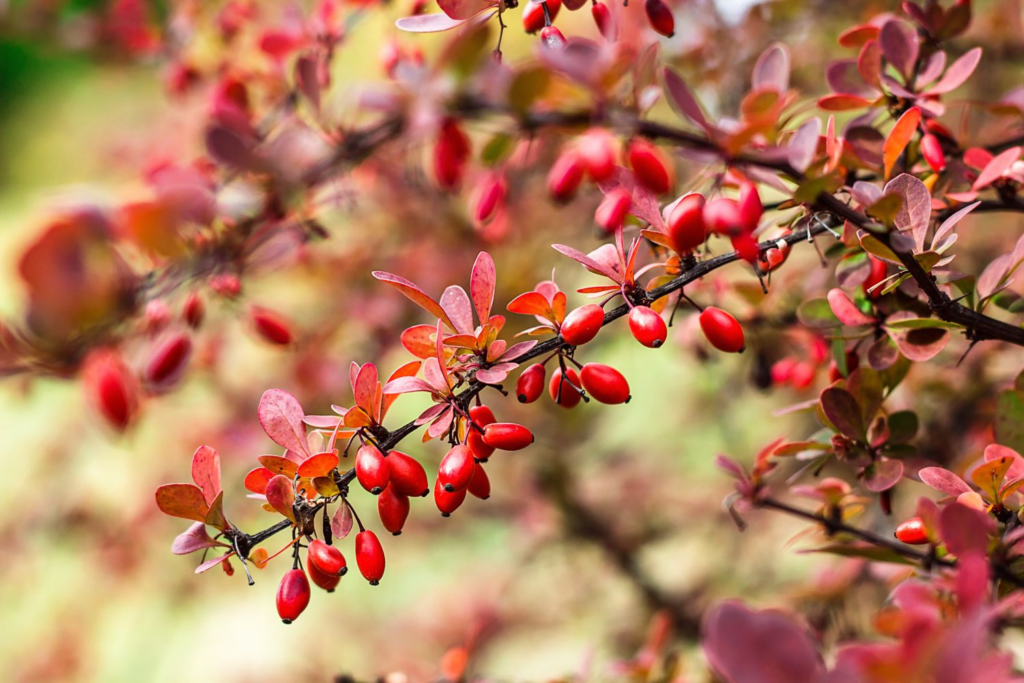
Feathery Cassia:
| Common Name | Feather Cassia |
| Moisture/Water | Dry to moderate |
| Flowering/Nonflowering | Flowering |
| Flower colour | Yellow |
| Specialties | Easy to grow and maintain. Aesthetic-looking flowers. Eye appealing look. Fragrant, attracts birds, butterflies, and insects. Good for pollination. |
| Height | 36″ to 96″ at maturity |
| Sun | Full sun exposure |

Fig:
| Common Name | Fig |
| Moisture/Water | Moderate |
| Flowering/Nonflowering | Flowering |
| Flower colour | Green |
| Specialties | Edible |
| Height | 120″ to 240″ at maturity |
| Sun | Full sun to partial sun exposure |
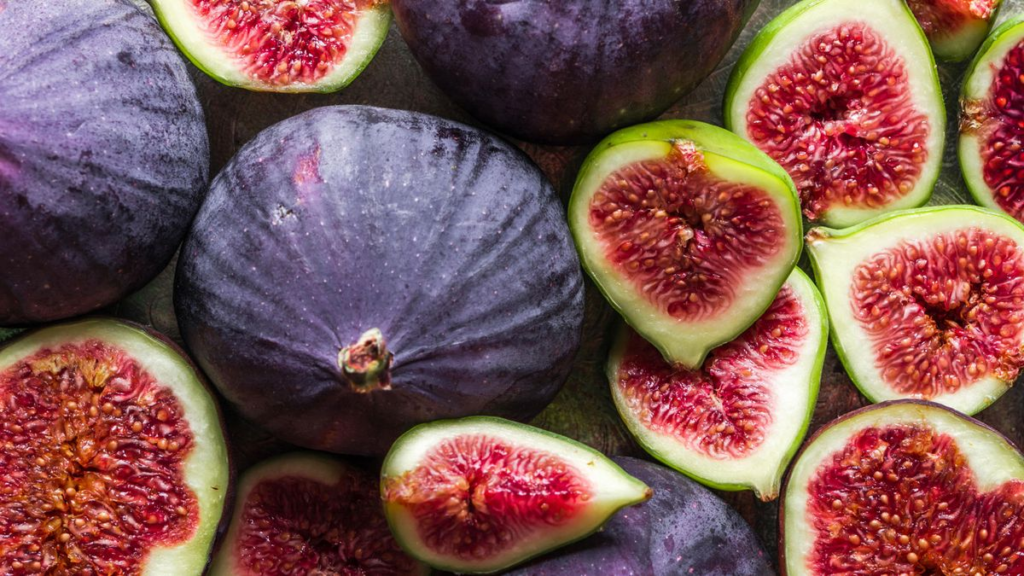
Conclusion:
Hoping that you got know about deciduous shrubs and if you find them beneficial you can try them to grow in your garden by following the steps to grow them will make your task easier.
